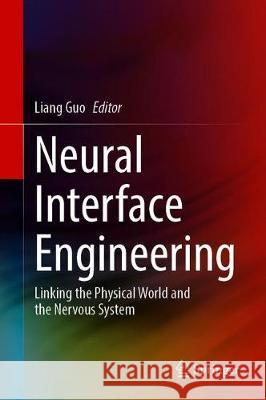Neural Interface Engineering: Linking the Physical World and the Nervous System » książka
topmenu
Neural Interface Engineering: Linking the Physical World and the Nervous System
ISBN-13: 9783030418533 / Angielski / Twarda / 2020 / 438 str.
Neural Interface Engineering: Linking the Physical World and the Nervous System
ISBN-13: 9783030418533 / Angielski / Twarda / 2020 / 438 str.
cena 563,56
(netto: 536,72 VAT: 5%)
Najniższa cena z 30 dni: 501,19
(netto: 536,72 VAT: 5%)
Najniższa cena z 30 dni: 501,19
Termin realizacji zamówienia:
ok. 22 dni roboczych
Dostawa w 2026 r.
ok. 22 dni roboczych
Dostawa w 2026 r.
Darmowa dostawa!
Kategorie:
Kategorie BISAC:
Wydawca:
Springer
Język:
Angielski
ISBN-13:
9783030418533
Rok wydania:
2020
Wydanie:
2020
Ilość stron:
438
Waga:
0.79 kg
Wymiary:
23.39 x 15.6 x 2.54
Oprawa:
Twarda
Wolumenów:
01
Dodatkowe informacje:
Wydanie ilustrowane











